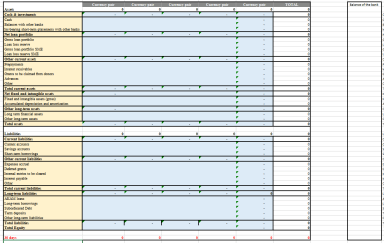
Originally published: 15/03/2021 08:47
Publication number: ELQ-22156-1
View all versions & Certificate
Publication number: ELQ-22156-1
View all versions & Certificate

Currency Risk Model for Financial Organizations and Banks
Currency Risk Model for the Commercial Banks and Financial Institutions.
Further information
Mainly for the commercial banks and financial initiations


